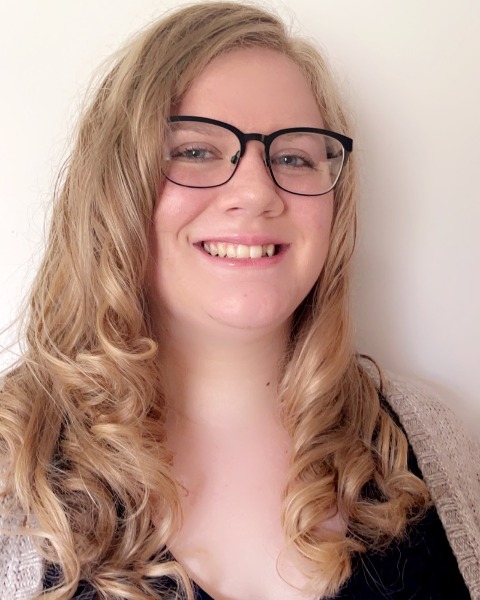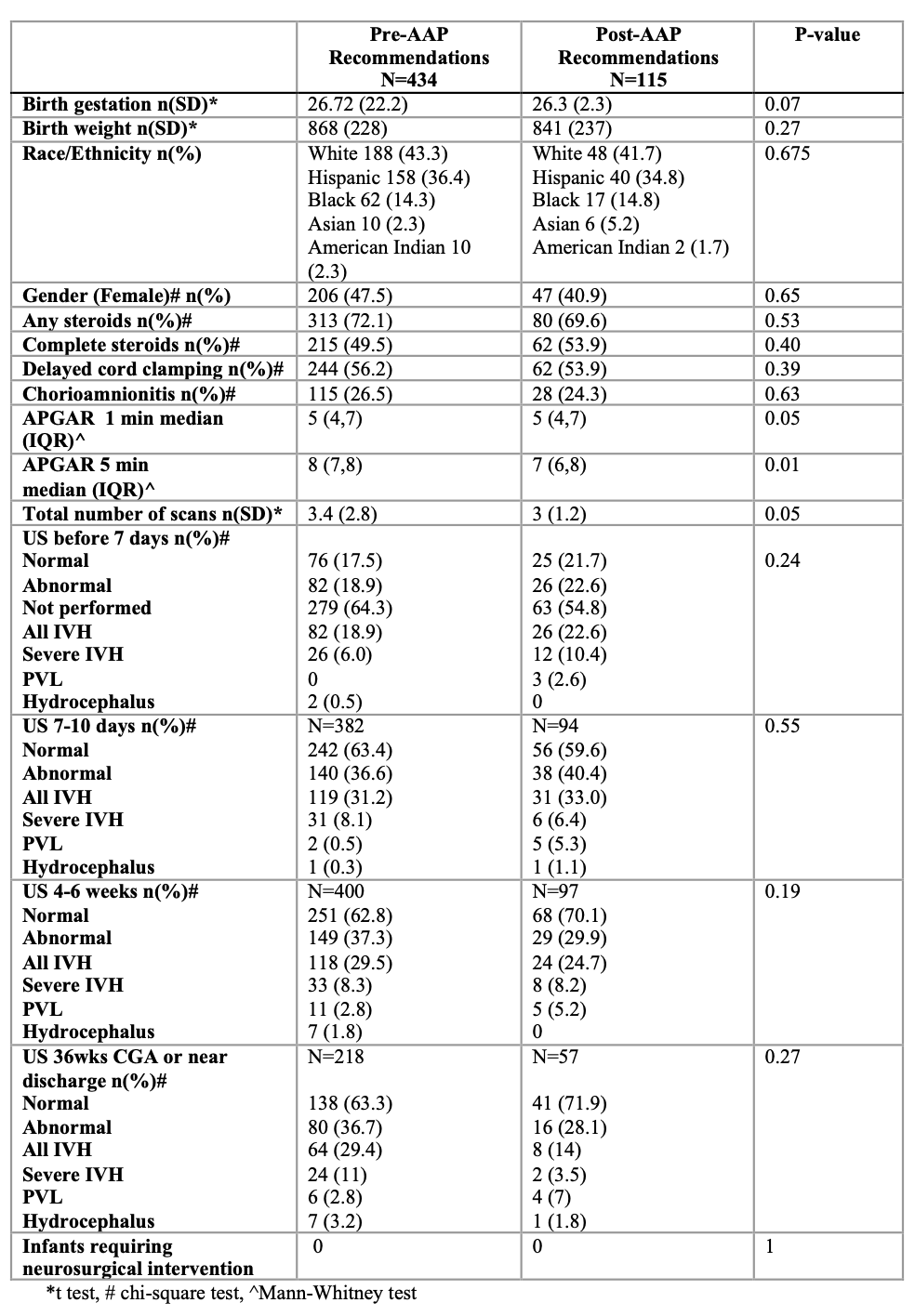Neonatal General
Neonatal General 6: Neurology
711 - The Impact of the 2020 AAP Clinical Report on Routine Neuroimaging of Preterm Neonates
Saturday, April 29, 2023
3:30 PM - 6:00 PM ET
Poster Number: 711
Publication Number: 711.234
Publication Number: 711.234
Sarah Batt, Creighton University School of Medicine, Phoenix, AZ, United States; Victoria Johnson, Creighton University School of Medicine, Omaha, NE, United States; Hadi Berbari, Creighton University School of Medicine, Rochester, MN, United States; Maika Manalastas, (708) 802-4271, Phoenix, AZ, United States; Mohammad Bader, University of Arizona, Phoenix, AZ, United States; Hemananda K. Muniraman, Phoenix Children's Hospital, PHOENIX, AZ, United States

Sarah Batt, BS (she/her/hers)
Medical Student
Creighton University School of Medicine
Phoenix, Arizona, United States
Presenting Author(s)
Background: In their 2020 clinical report, the American Academy of Pediatrics (AAP) published recommendations on routine screening head ultrasounds (HUS) in preterm infants. These guidelines recommended obtaining routine HUS at seven to ten days, four to six weeks of age, and at term equivalent age or near discharge.
Objective: The objective of this study was to compare HUS screening practices prior to and after AAP recommendations and the impact of the recommendations on abnormalities detected on HUS.
Design/Methods: This was a retrospective cohort study comparing preterm infants born before 32 weeks and below birth weight of 1500 grams in a level III neonatal intensive care unit between two time period cohorts: the pre-AAP recommendation cohort born between January 2016 and December 2020 and the post-AAP recommendation cohort born between March 2021 and December 15, 2022. Infant characteristics, total number of HUS, and abnormal results were compared. Chi-square tests were used to compare proportions, and Mann-Whitney test and t-test were used to analyze continuous variables. Significance was based on a two-tailed P-value < 0.05.
Results: A total of 549 patients were included, 434 infants in the pre-AAP recommendation cohort and 115 in the post-AAP cohort. There were no differences in infant characteristics except for lower APGAR scores at 5 minutes in the post-AAP recommendation cohort. The mean number of HUS performed was 3.4 compared to 3 post-AAP guidelines. The mean difference of 0.4 in the total number of HUS between the cohorts relates to 46 fewer HUS in the post-AAP cohort. There were no differences between the pre- and post-AAP recommendation cohorts in abnormalities including intraventricular hemorrhage, periventricular leukomalacia or hydrocephalus detected on HUS before 7 days, 7 to 10 days, 4 to 6 weeks, and 36 weeks corrected gestation age or near discharge. There were no infants requiring neurosurgical intervention for abnormal neuroimaging (Table I).
Conclusion(s): In the short term since the AAP recommendations on routine neuroimaging were published, we report clinically fewer HUS per infant in the post-AAP recommendation cohort. A larger study over a longer time period would be required to determine if AAP guidelines lead to better resource utilization and more cost-effective care.

